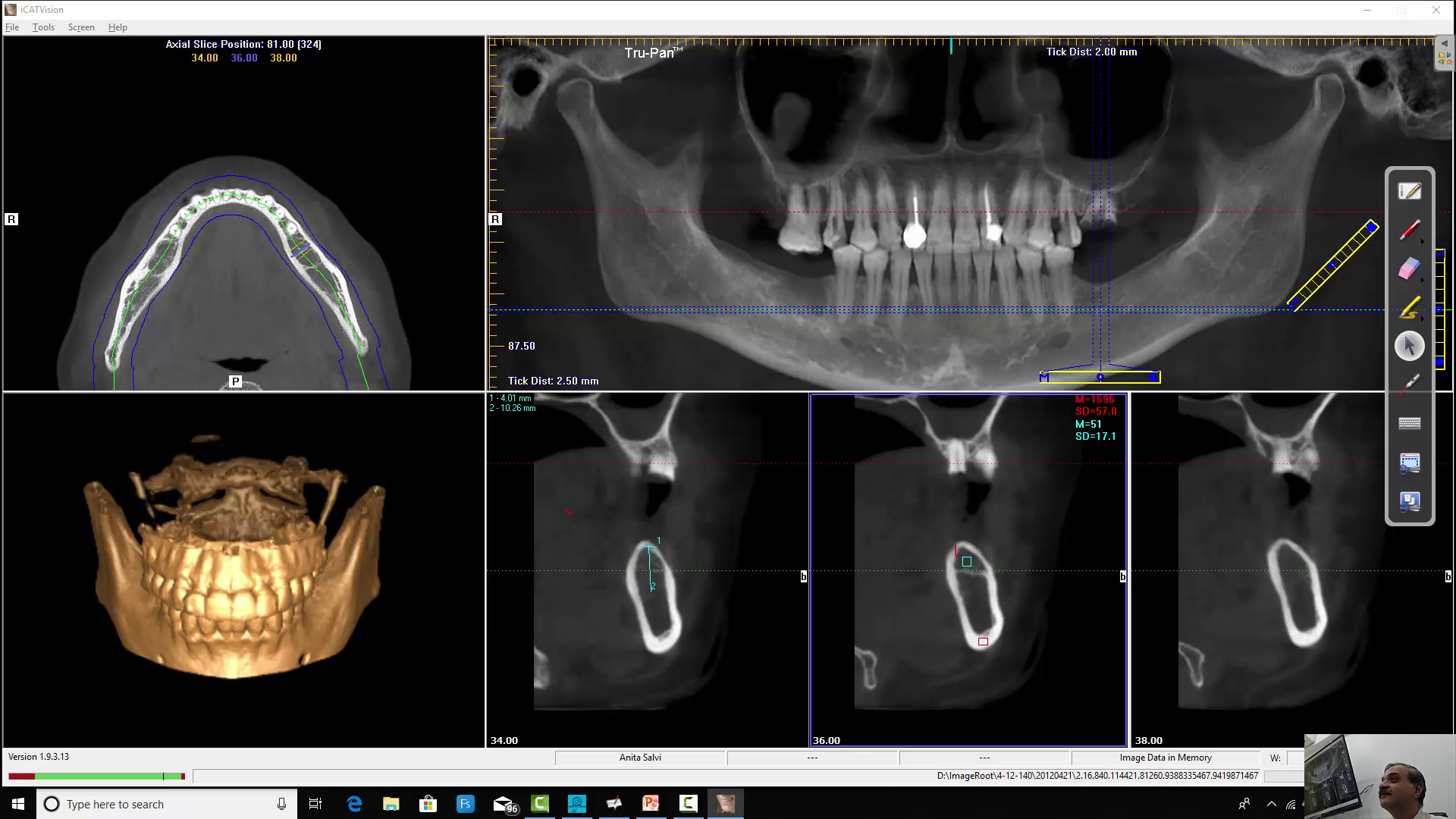VIDEO BOOK SECRETS OF DENTAL OCCLUSION

About Course
occlusion video book
Course Content
SECRETS OF DENTAL OCCLUSION — VIDEO BOOK
-
01:49
-
Page2. Day to day practice
00:00 -
Page3. Day to day practice
00:00 -
Page4. Day to day practice
00:00 -
Page5. Implant treatment
00:00 -
Page6. Implant treatment
00:00 -
Page7. Restoration in canine area
00:00 -
Page8. Unnecessary endodontics
00:00 -
Page9. Signs of unstable occlusion
00:00 -
Page10.Completely edentulous patient
00:00 -
Page11. Completely edentulous patient
00:00 -
Page12. Incorporating concepts of occlusion in practice
00:00 -
Page13. Form and function
00:00 -
Page14. What is occlusion
00:00 -
Page15. Master key 1
00:00 -
Page16. Definition of CR
00:00 -
Page17. Treatment of interferences
00:00 -
Page18-19 Importance of master key 1
00:00 -
Page20. Master key2
00:00 -
Page21. Occlusal overload
00:00 -
Page22. Master key 3
00:00 -
Page23. Master key 3 in canine area
00:00 -
Page24. Guide for master key 3
00:00 -
Page25. Master key 4
00:00 -
Page26. Canine guidance
00:00 -
Page27. Rules for canine guidance
00:00 -
Page28. Interference and canine guidance
00:00 -
Page29. Stress or microorganisms
00:00 -
Page30. Stress or microorganisms
00:00 -
Page31. Correction of stress
00:00 -
Page32. Correction of stress
00:00 -
Page33. How to explain problem of occlusal disease to patient
00:00 -
Page34. Chewing pattern horizontal
00:00 -
Page35. Chewing pattern vertical
00:00 -
Page36. Chewing pattern in humans
00:00 -
Page37. Wear and chewing pattern
00:00 -
Page38. Importance of canine guidance bennet movement
00:00 -
Page39. Methods of correcting canine guidance
00:00 -
Page40. Master key 5 Envelope of function
00:00 -
Page41. Mandibular movements
00:00 -
Page42-43. Rest position
00:00 -
Page44. Speech
00:00 -
Page45. Visibility of teeth Aesthetics and Envelope of function
00:00 -
Page46. Identifying problems in envelope of function
00:00 -
Page47. Orthodontic treatment and occlusion
00:00 -
Page48. Identifying problems
00:00 -
Page49. Condylar path
00:00 -
Page50. Occlusal overload
00:00 -
Page51. Relapse of open bite
00:00 -
Page52. Post orthodontic correction for reducing load
00:00 -
Page53. Post orthodontic correction for reducing load
00:00 -
Page54. Post orthodontic correction for reducing load
00:00 -
Page55. Restorative method for reducing over jet
00:00 -
Page56. Treatment options for occlusal disease correction
00:00 -
Page57. Treatment options for occlusal disease correction
00:00 -
Page58. Treatment options for occlusal disease correction
00:00 -
Page59. Vertical dimension
00:00 -
Page60. Methods of correcting occlusion with composite
00:00 -
Page61. Occlusal plane
00:00 -
Page62. Good morphology
00:00 -
Page63. Lower incisors
00:00 -
Page64. Upper central incisors
00:00 -
Page65. Functional movements
00:00 -
Page66. Functional movements
00:00 -
Page67. Incisal edge and plane
00:00 -
Page68. Building incisal edge
00:00 -
Page69. Lower incisal plane
00:00 -
Page70. Protrusive movement
00:00 -
Page71. Relation of incisors
00:00 -
Page72. Morphology of canine and premolars
00:00 -
Page73. Morphology of canine and premolars
00:00 -
Page74. TMJ and Muscles of mastication
00:00 -
Page75. Muscles of mastication
00:00 -
Page76. Co ordinated muscle function
00:00 -
Page77. Anterior deprogrammer
00:00 -
Page78. Importance of posterior disclusion
00:00 -
Page79. How to explain patient about hyperactive muscles
00:00 -
Page80. Adapted centric posture
00:00 -
Page81. Adapted centric posture
00:00 -
Page82. Equilibration and Arc of closure
00:00 -
Page83. Equilibration and Arc of closure and stamp cusp
00:00 -
Page84. Equilibration and line of closure
00:00 -
Page85. Equilibration and line of closure rules
00:00 -
Page86. Equilibration and lateral excursive movements
00:00 -
Page87. Equilibration in overdenture
00:00 -
Page88. Perfected occlusion
00:00 -
Page89. Diagnosis and treatment planning
00:00 -
Page90. Extra oral examination
00:00 -
Page91. IO, EO, Examination of muscles of mastication
00:00 -
Page92. IO, EO, Examination of muscles of mastication
00:00 -
Page93. IO, EO, Examination of muscles of mastication
00:00 -
Page94. IO examination guidances
00:00 -
Page95. IO examination guidances
00:00 -
Page96. IO examination fremitus
00:00 -
Page97. IO examination open bite and tongue thrust
00:00 -
Page98. EO examination bilateral manipulation
00:00 -
Page99. Mock up
00:00 -
Page100. Facebow transfer
00:00 -
Page101. Gothic arch tracing CR Record
00:00 -
Page102. Laboratory steps mounting
00:00 -
Page103. Diagnosis from mounted casts
00:00 -
Page104. Fabrication of deprogrammer
00:00 -
Page105. Equilibration procedure
00:00 -
Page106. Building guidances
00:00 -
Page107. Building guidances
00:00 -
Page108. Co ordinated muscle function after treatment
00:00 -
Page109. Patient experience
00:00
Student Ratings & Reviews

No Review Yet